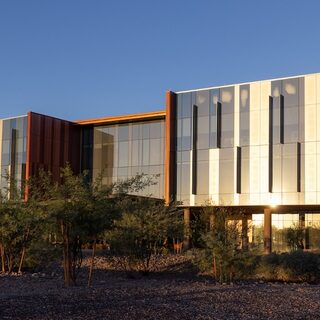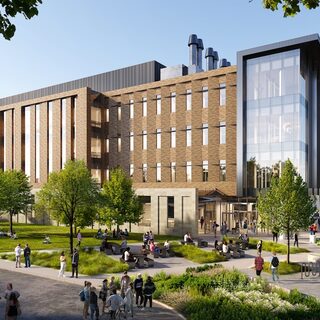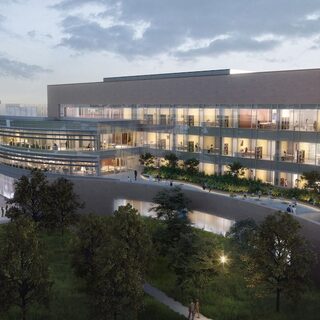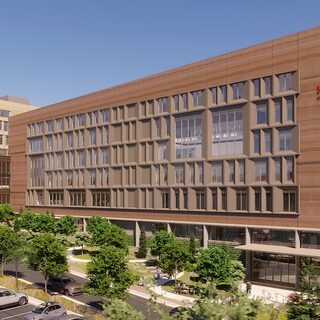SmithGroup
In the News
Arizona State University Opens Interdisciplinary Science and Technology Building 12
Arizona State University opened the Interdisciplinary Science and Technology Building 12 (ISTB 12) in October of 2025, creating a vibrant gateway to the Polytechnic campus in Mesa. Designed by SmithGroup, the 173,194-gsf facility houses the Ira A. Fulton Schools of Engineering’s new School of Manufacturing Systems and Networks. The three-story development will accelerate work in additive manufacturing, robotics, artificial intelligence, cyber manufacturing, semiconductor manufacturing, and clean energy.
University of North Texas Constructs Science and Technology Building
The University of North Texas is constructing the Science and Technology Building on its Denton campus. Designed by SmithGroup, the $109 million facility will serve the College of Science, the College of Engineering, the College of Health and Public Service, and other departments and programs.
University of Louisville Opens Engineering Facility
The University of Louisville's J.B. Speed School of Engineering opened the Student Success & Research Building in September of 2025 in Kentucky. The 114,000-sf facility was designed by SmithGroup and Luckett & Farley to offer a maker space, modern classrooms, laboratories, conference rooms, and teamwork areas.
Northeastern Illinois University Breaks Ground on College of Education
Northeastern Illinois University broke ground in August of 2025 on a new building for the Daniel L. Goodwin College of Education in Chicago. Designed by SmithGroup, the $125.4 million facility will provide 24 classrooms, two designated conference rooms, and 80 private offices. The 189,673-sf structure will accommodate leading-edge laboratories and clinics for the cultivation of educational excellence, with 48,735 sf of space dedicated for general university use.
University of Utah Breaks Ground on Eccles Hospital & Health Campus
The University of Utah and University of Utah Health broke ground in June of 2025 on a dynamic medical destination in West Valley. Designed by MHTN Architects and CannonDesign, the $855 million project includes the construction of Eccles Hospital and the Eccles Health Campus. The 800,000-sf complex will expand access to world-class care, create new employment opportunities, and drive economic growth throughout the region.





